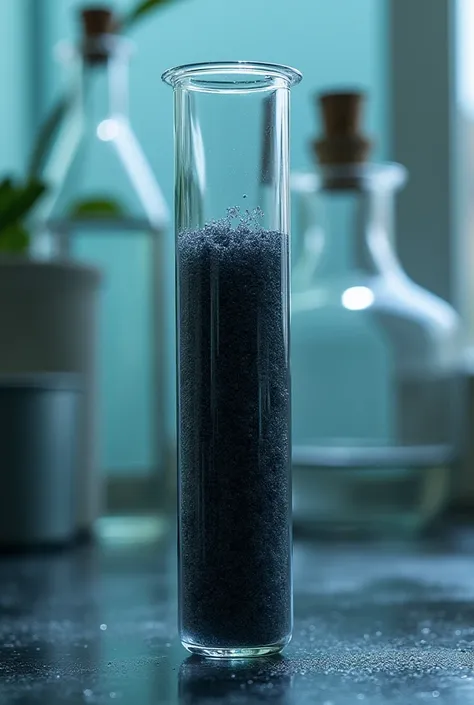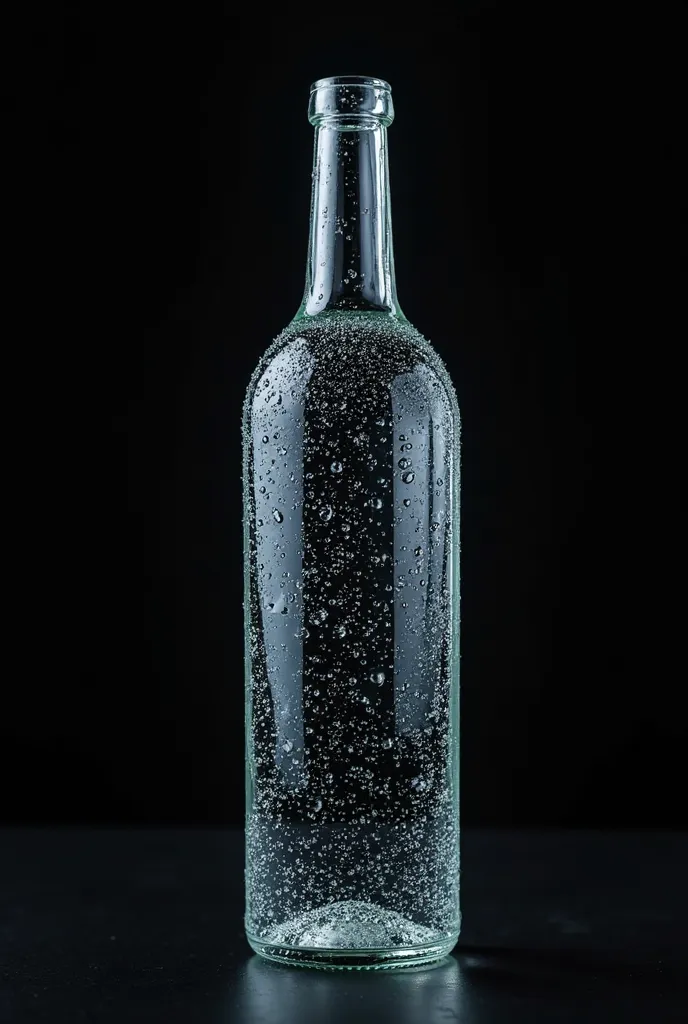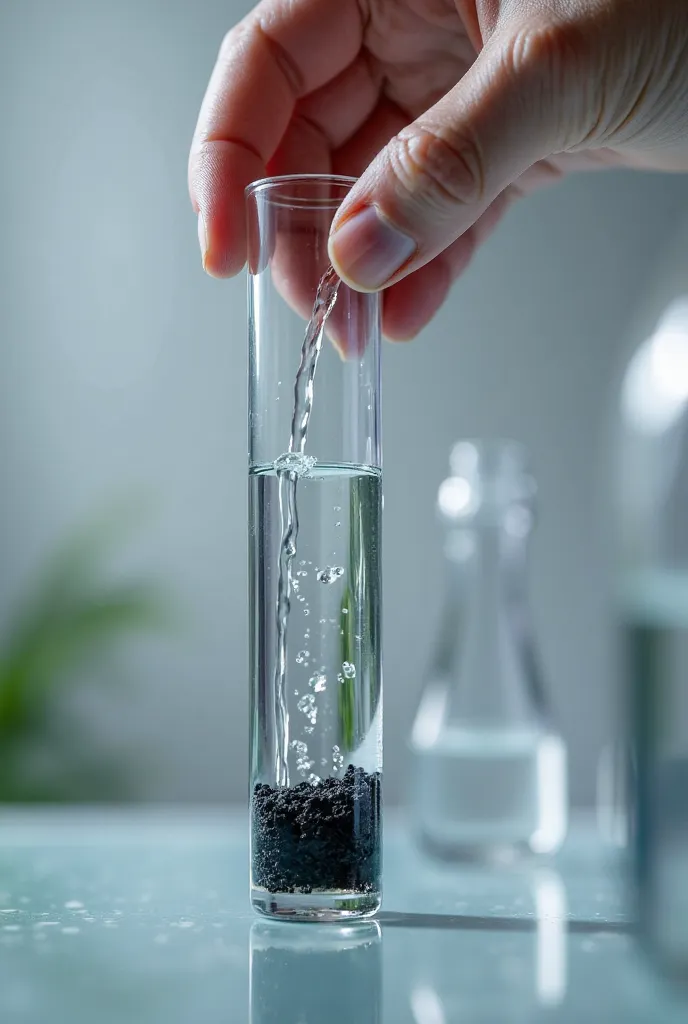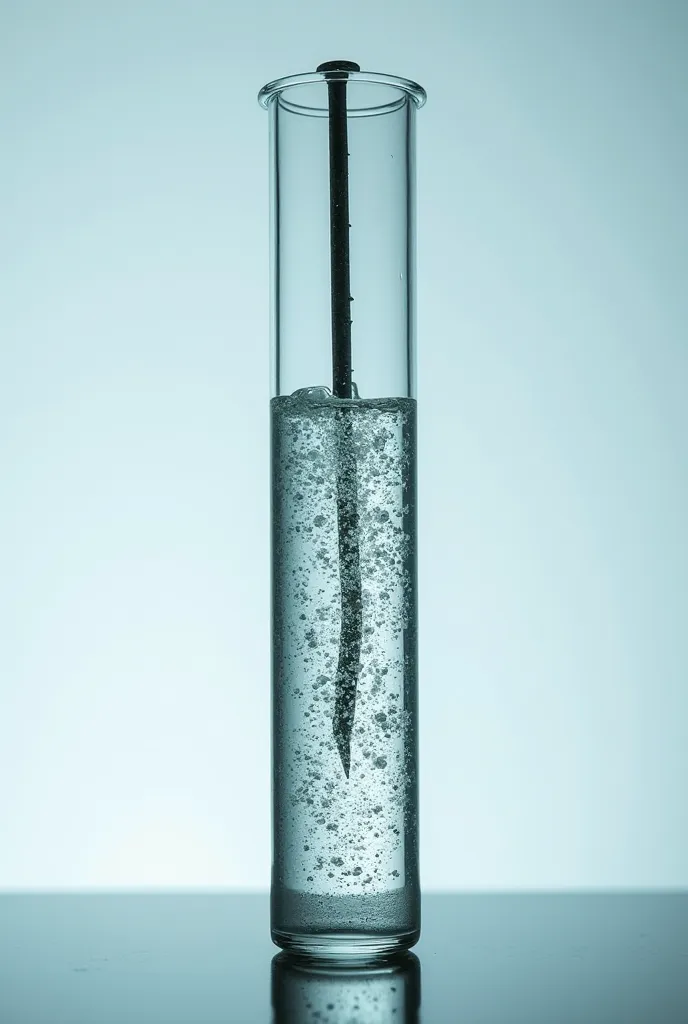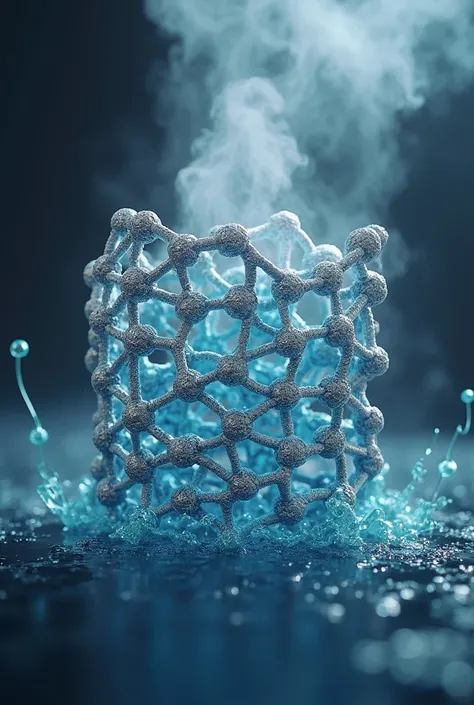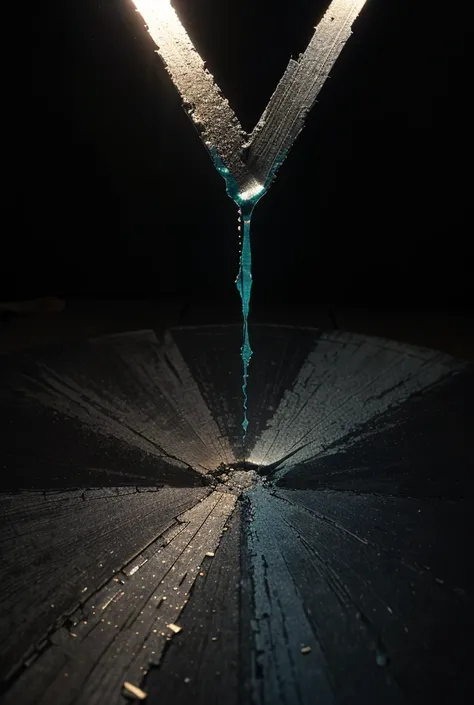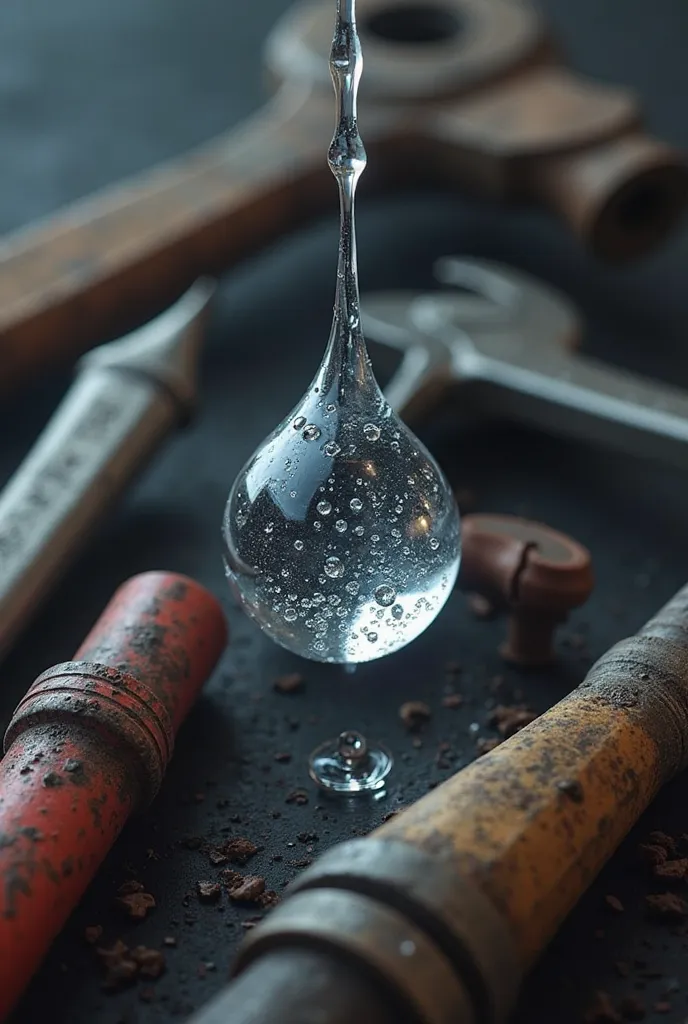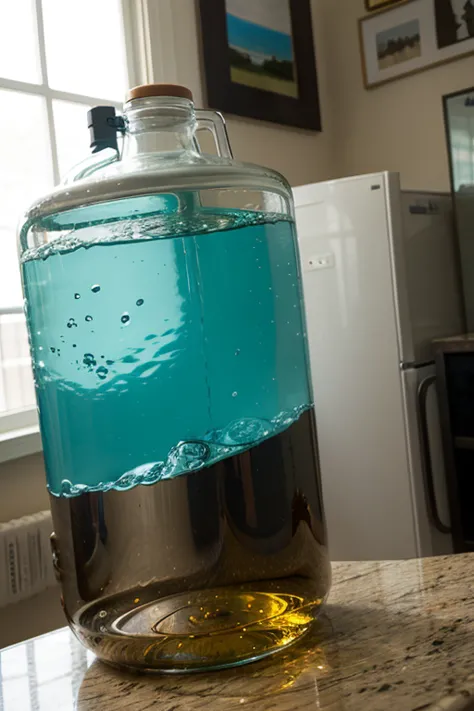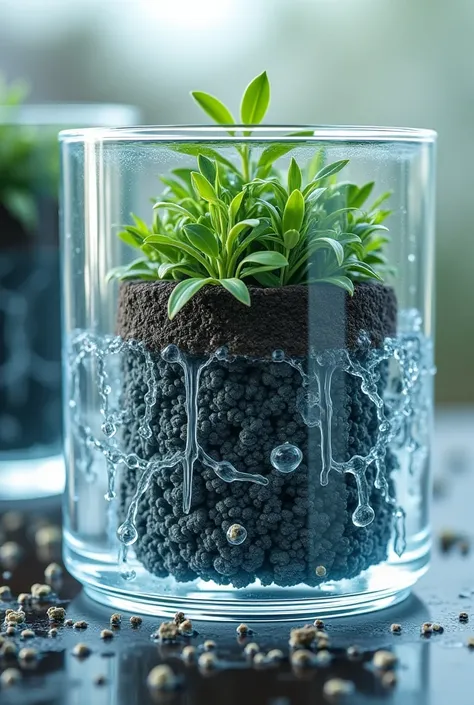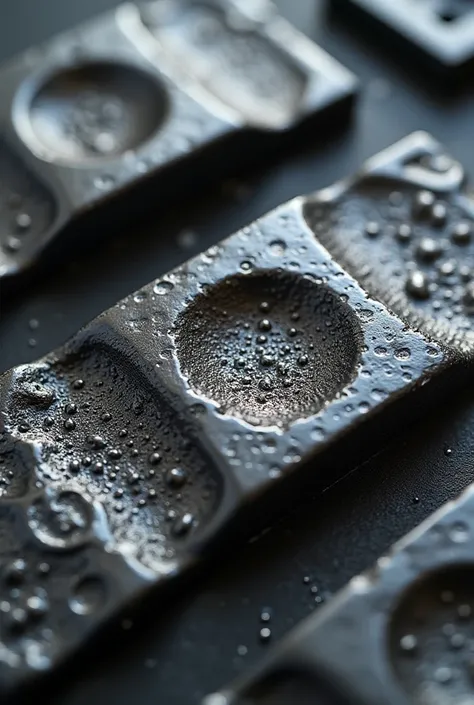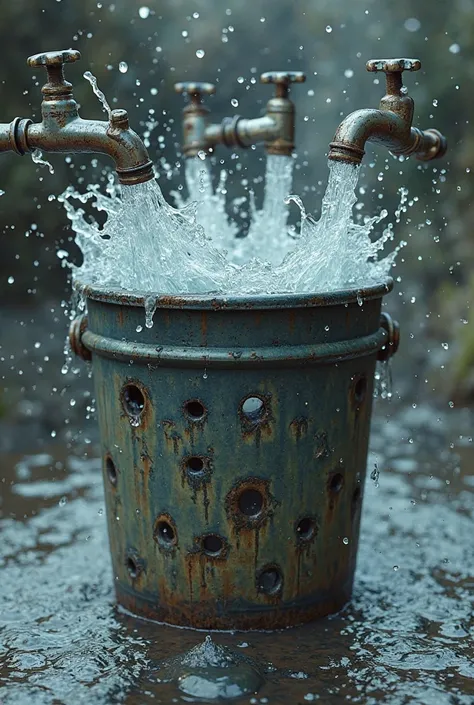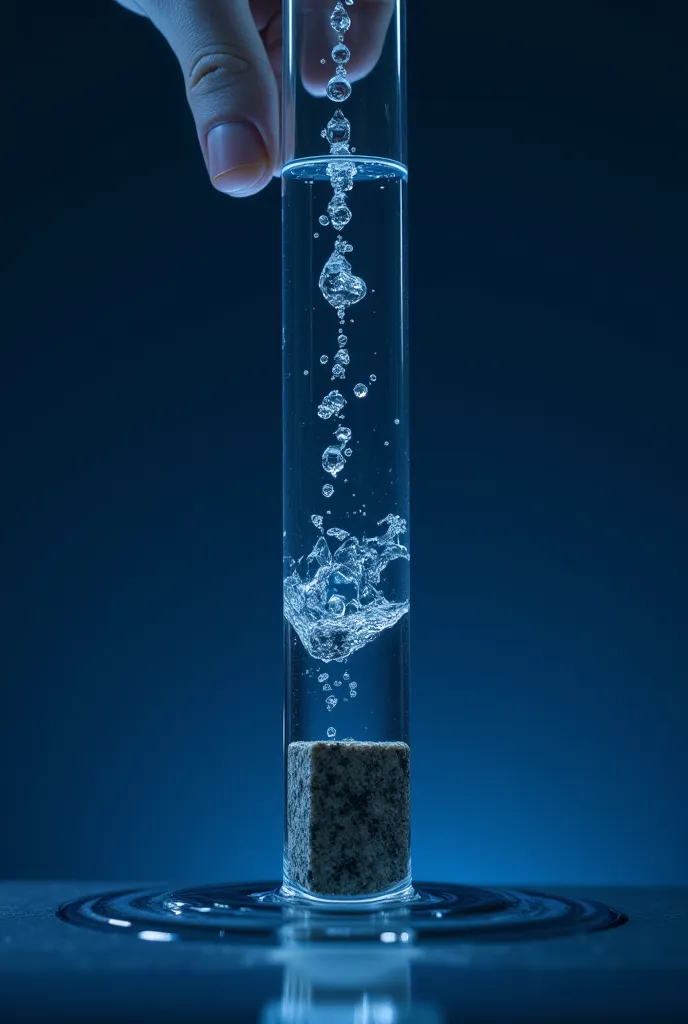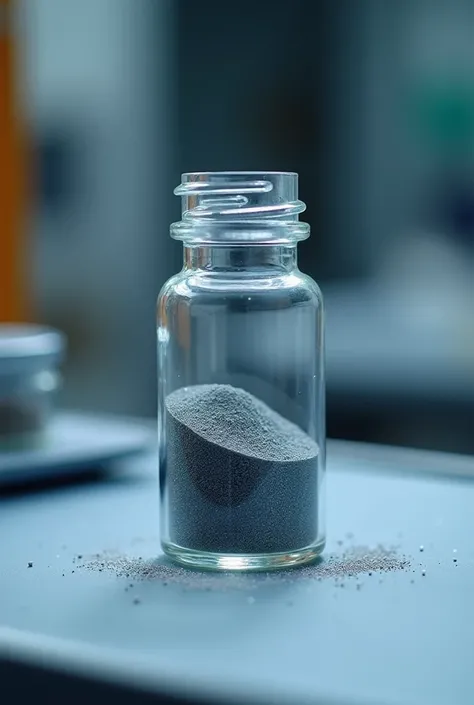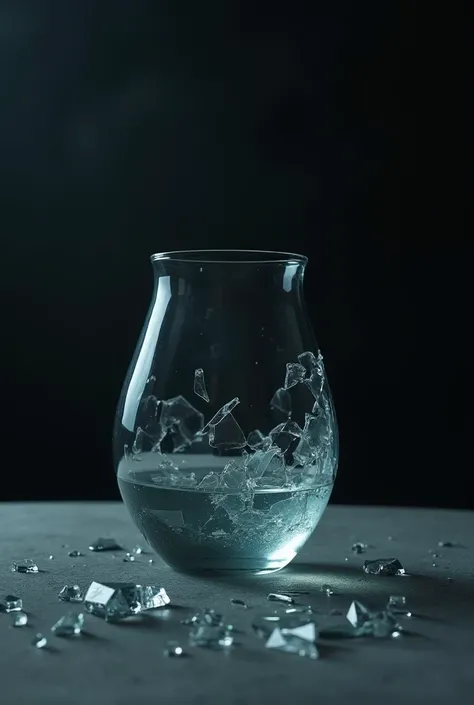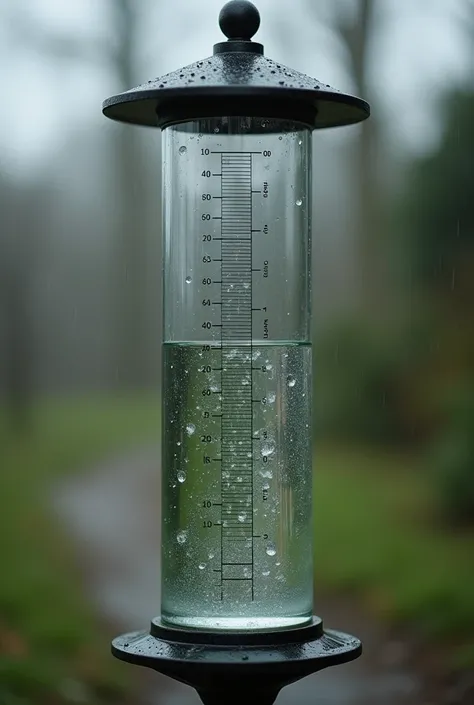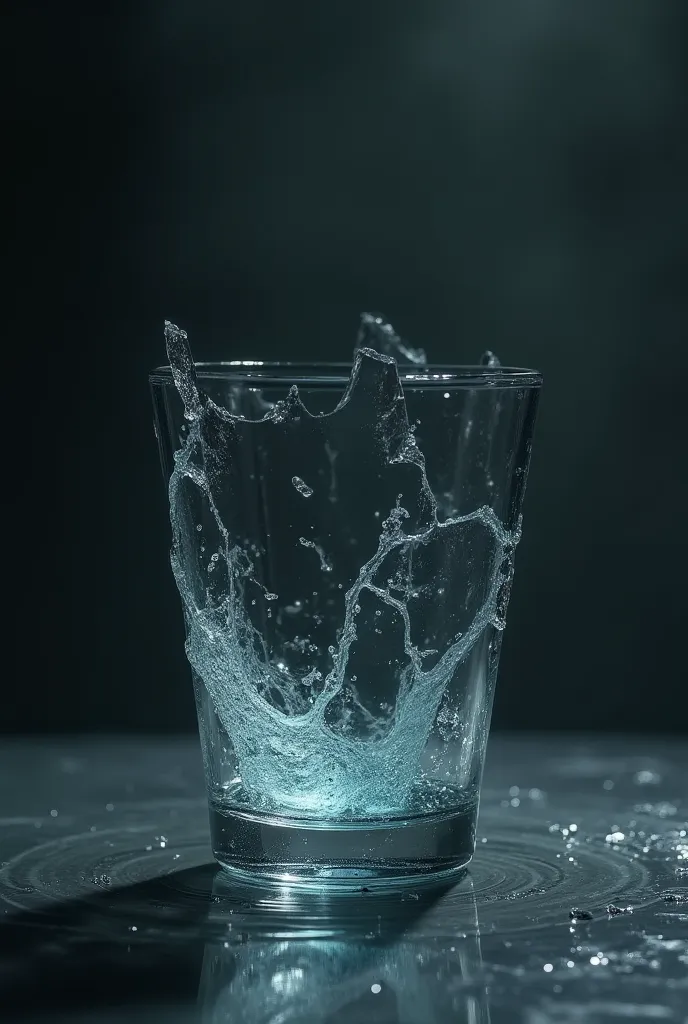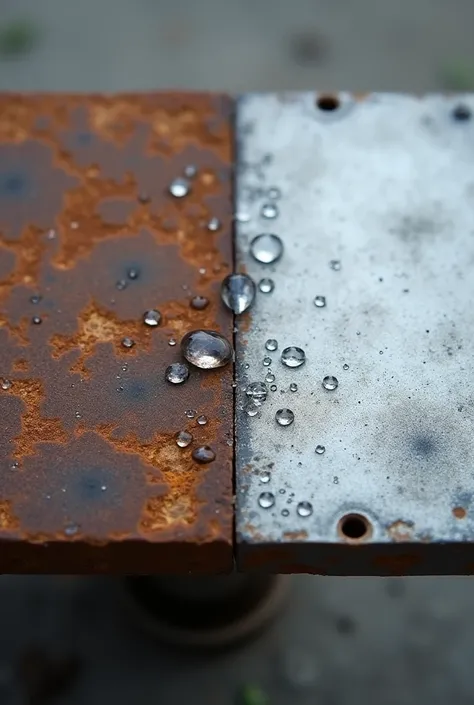Creating an activated carbon dry cell to generate energy from moisture in the ai

Creating an activated carbon dry cell to generate energy from moisture in the air is an interesting concept and involves the application of electrochemical principles. The idea is to convert the energy stored in moisture into electricity using activated carbon as an electrode. ### Materials Needed: 1. **Activated carbon**: As the main electrode due to its large surface area and adsorption properties. 2. **Metal electrodes**: Typically copper or aluminum, to conduct electricity. 3. **Porous separator**: To keep the electrodes physically separated while allowing ions to pass through. 4. **Electrolyte**: Something that can be a saline solution or a conductive polymer that helps in the conduction of ions. 5. **Current collector**: Metal plates that help collect the generated electricity. 6. **Moisture source**: The ambient air that contains moisture. ### Construction Steps: 1. **Prepare the electrodes**: Use activated carbon to create thin layers on the metal electrodes, usually by compression or gluing. 2. **Assemble the cell**: Place an activated carbon electrode in contact with the electrolyte, followed by the porous separator, and then the other activated carbon electrode. Ensure that the porous separator is saturated with electrolyte. 3. **Closure and insulation**: Assemble the electrodes and separators in a hermetically sealed cell to ensure that the humidity in the air is the main source of energy. 4. **Connection of current collectors**: Connect the metal electrodes to current collectors to extract the generated electricity. ### Operation: When the cell is exposed to air, the activated carbon adsorbs the moisture. This moisture acts as an electrolyte solution, allowing the movement of ions between the electrodes. This creates a potential difference between the electrodes and, consequently, an electric current.
Generation Data
기록
프롬프트
Copy prompts
Creating an activated carbon dry cell to generate energy from moisture in the air is an interesting concept and involves the application of electrochemical principles
.
The idea is to convert the energy stored in moisture into electricity using activated carbon as an electrode
.
### Materials Needed:
1
.
**Activated carbon**: As the main electrode due to its large surface area and adsorption properties
.
2
.
**Metal electrodes**: Typically copper or aluminum
,
to conduct electricity
.
3
.
**Porous separator**: To keep the electrodes physically separated while allowing ions to pass through
.
4
.
**Electrolyte**: Something that can be a saline solution or a conductive polymer that helps in the conduction of ions
.
5
.
**Current collector**: Metal plates that help collect the generated electricity
.
6
.
**Moisture source**: The ambient air that contains moisture
.
### Construction Steps:
1
.
**Prepare the electrodes**: Use activated carbon to create thin layers on the metal electrodes
,
usually by compression or gluing
.
2
.
**Assemble the cell**: Place an activated carbon electrode in contact with the electrolyte
,
followed by the porous separator
,
and then the other activated carbon electrode
.
Ensure that the porous separator is saturated with electrolyte
.
3
.
**Closure and insulation**: Assemble the electrodes and separators in a hermetically sealed cell to ensure that the humidity in the air is the main source of energy
.
4
.
**Connection of current collectors**: Connect the metal electrodes to current collectors to extract the generated electricity
.
### Operation:
When the cell is exposed to air
,
the activated carbon adsorbs the moisture
.
This moisture acts as an electrolyte solution
,
allowing the movement of ions between the electrodes
.
This creates a potential difference between the electrodes and
,
consequently
,
an electric current
.
정보
Checkpoint & LoRA

Checkpoint
SeaArt Infinity
#사실적인
#SeaArt Infinity
0개의 댓글
0
0
0













